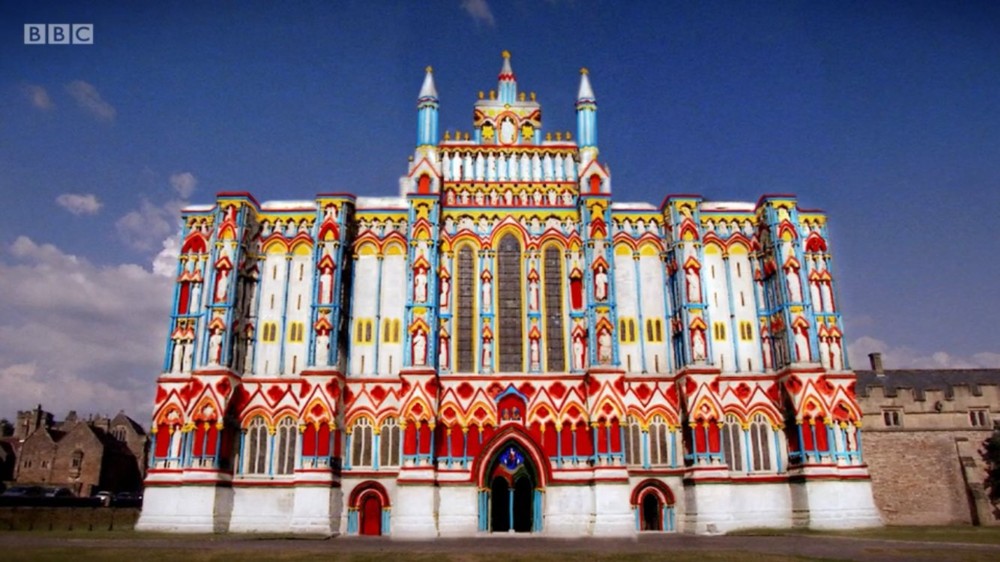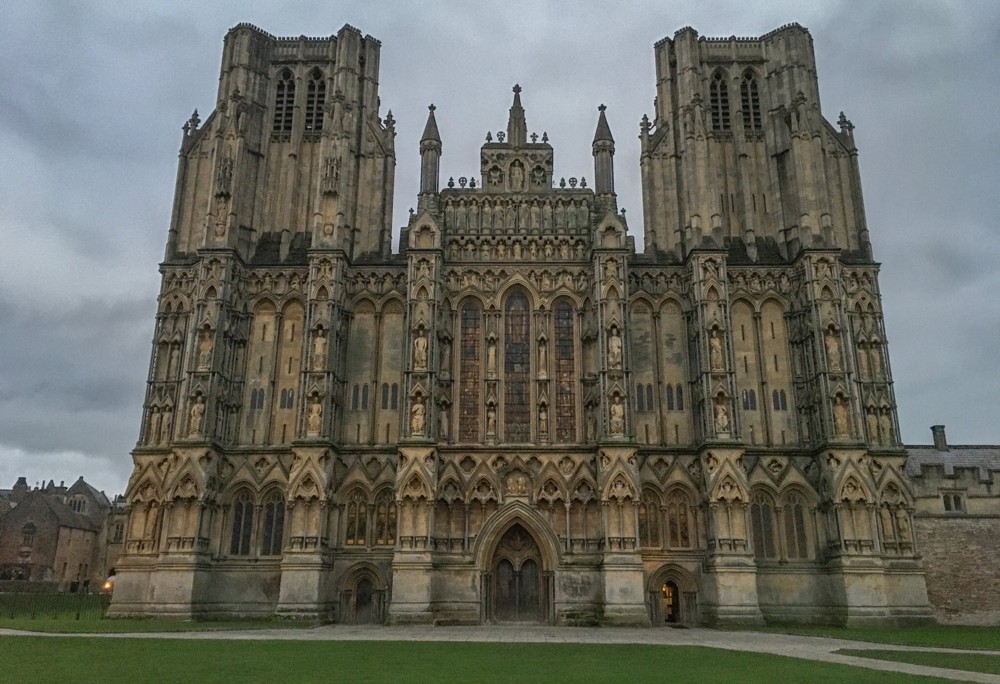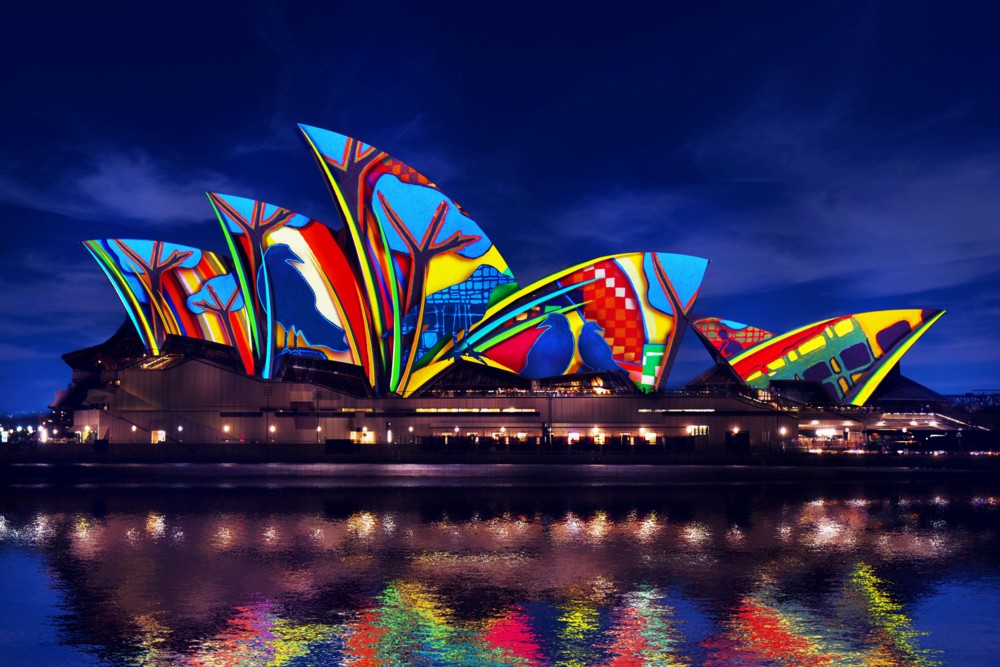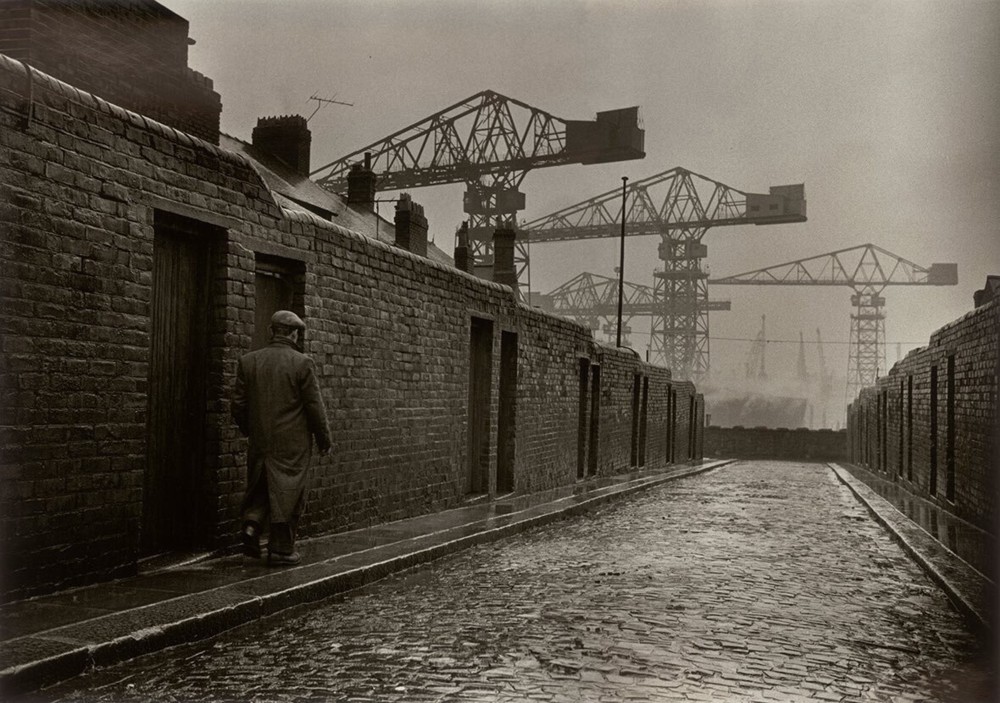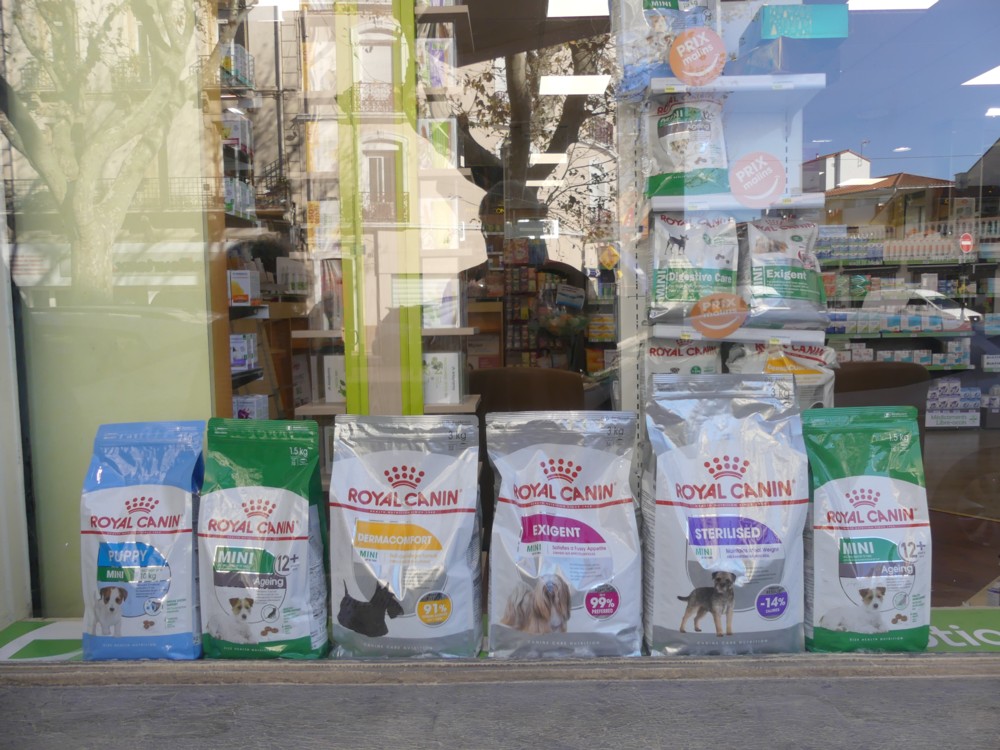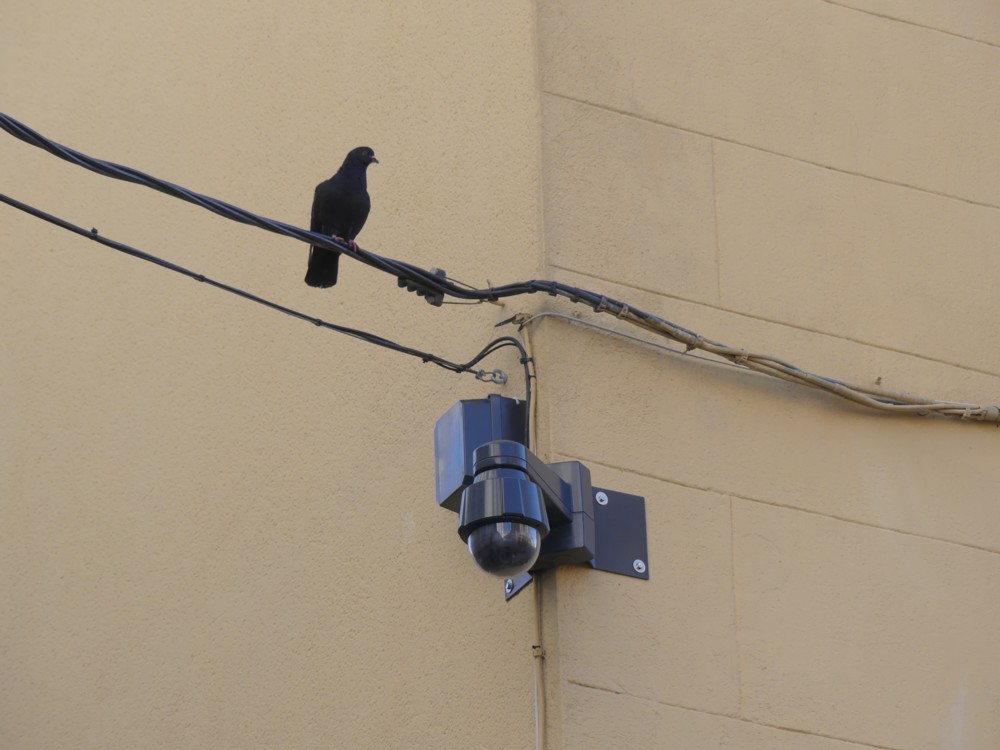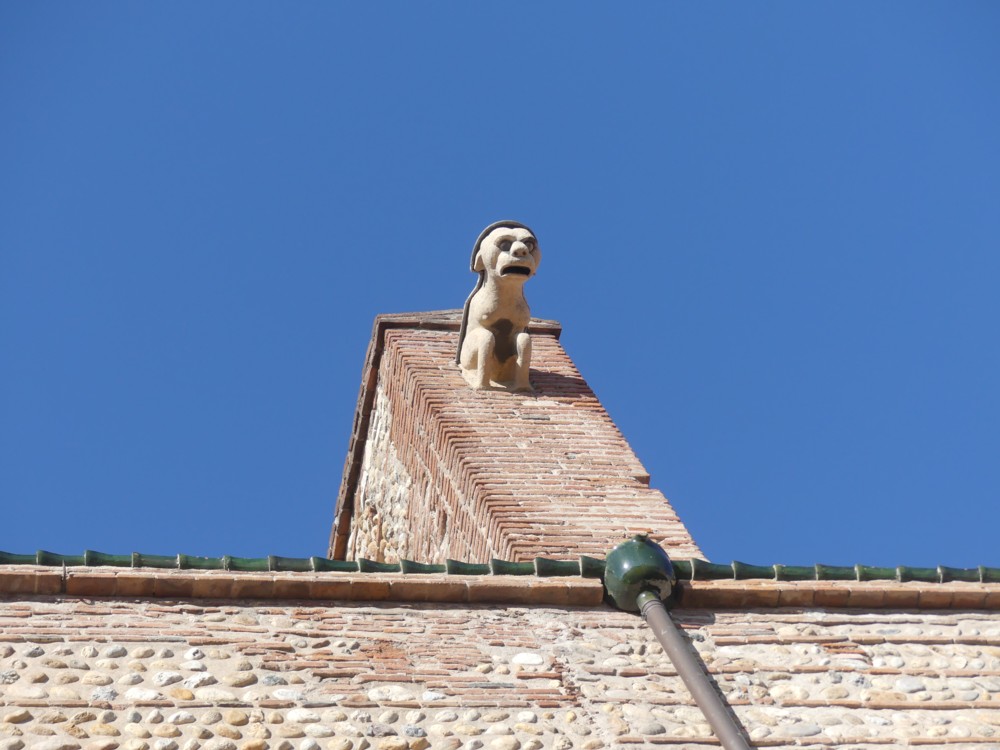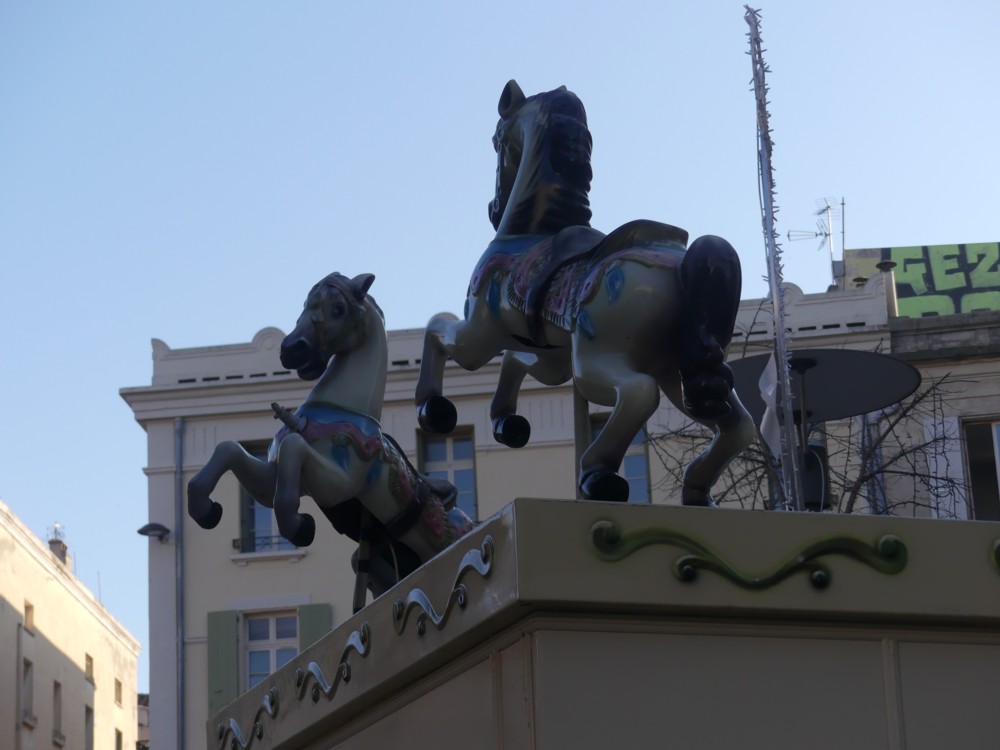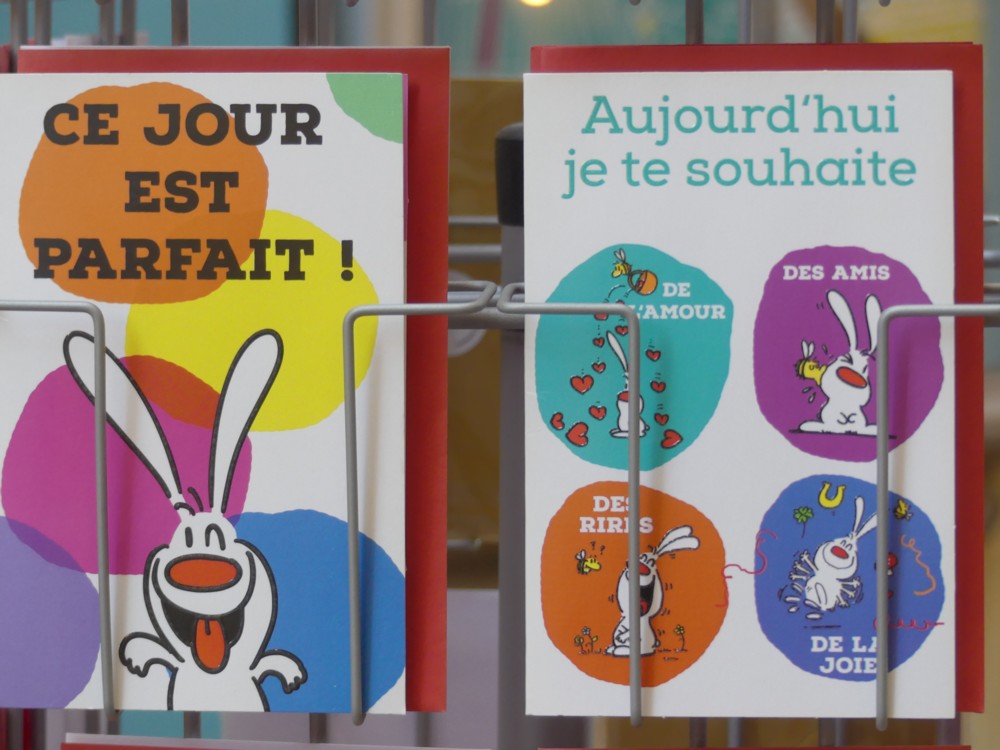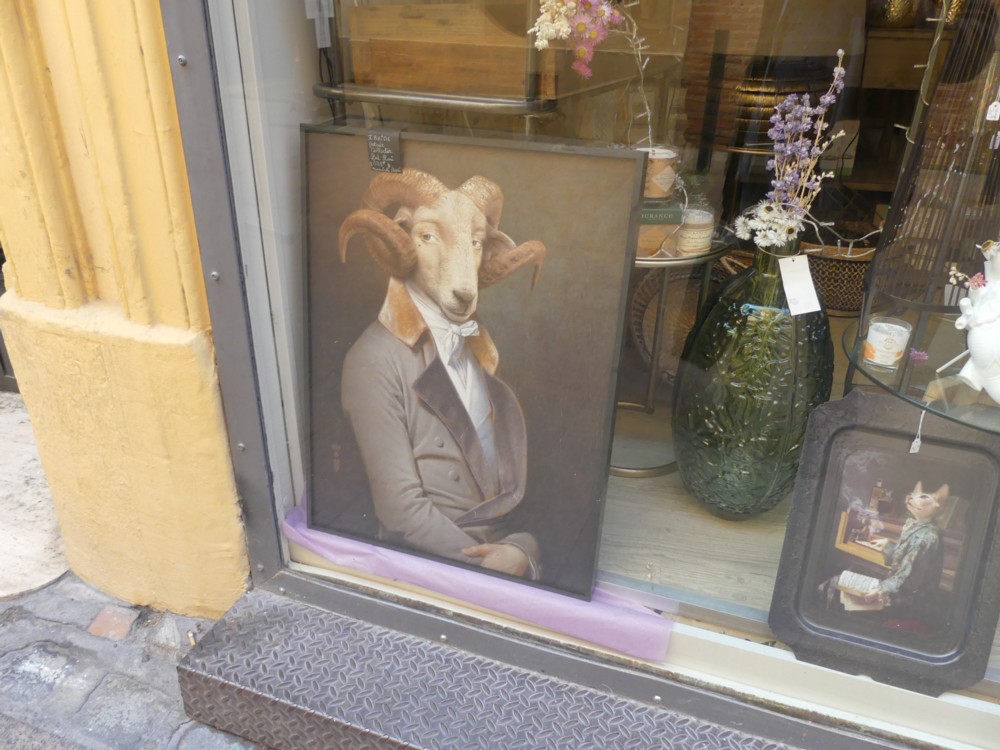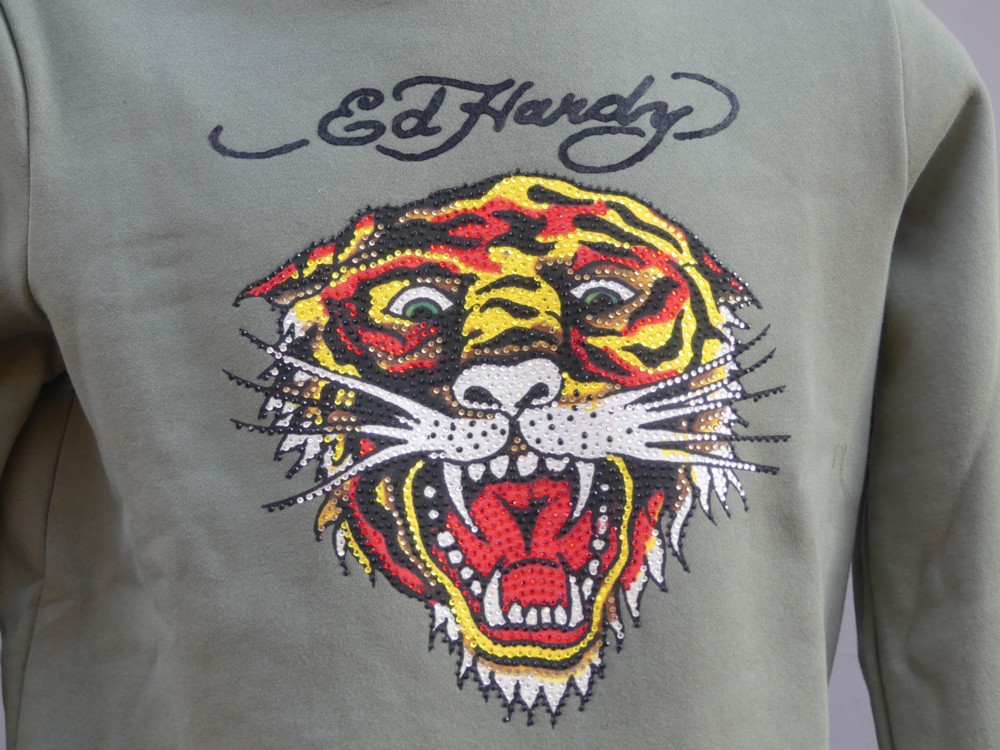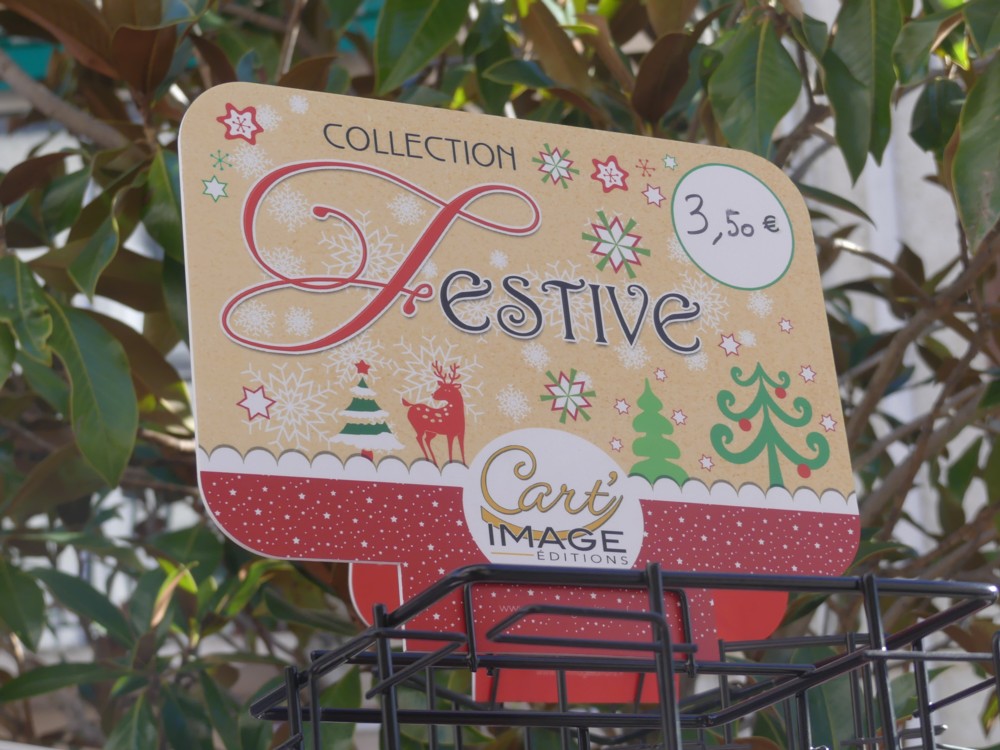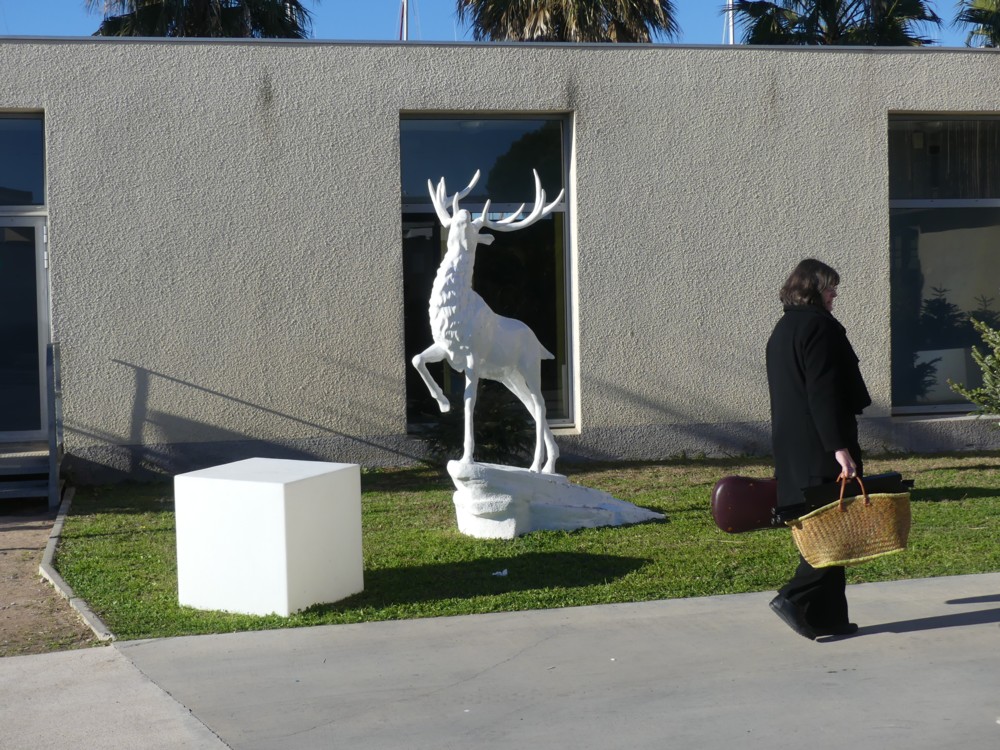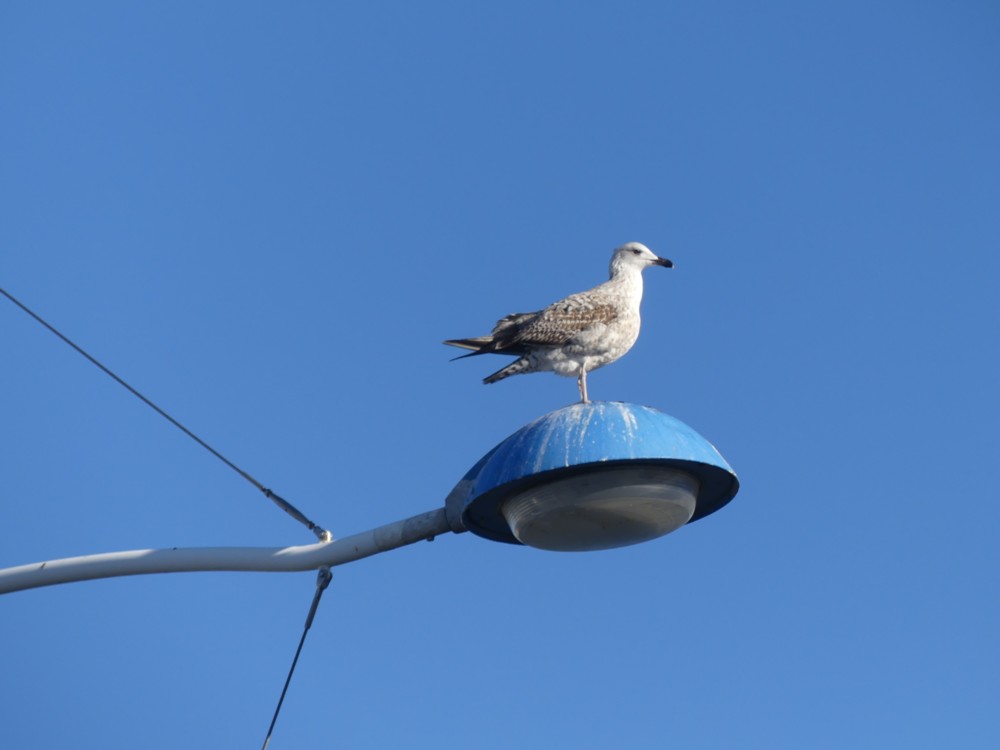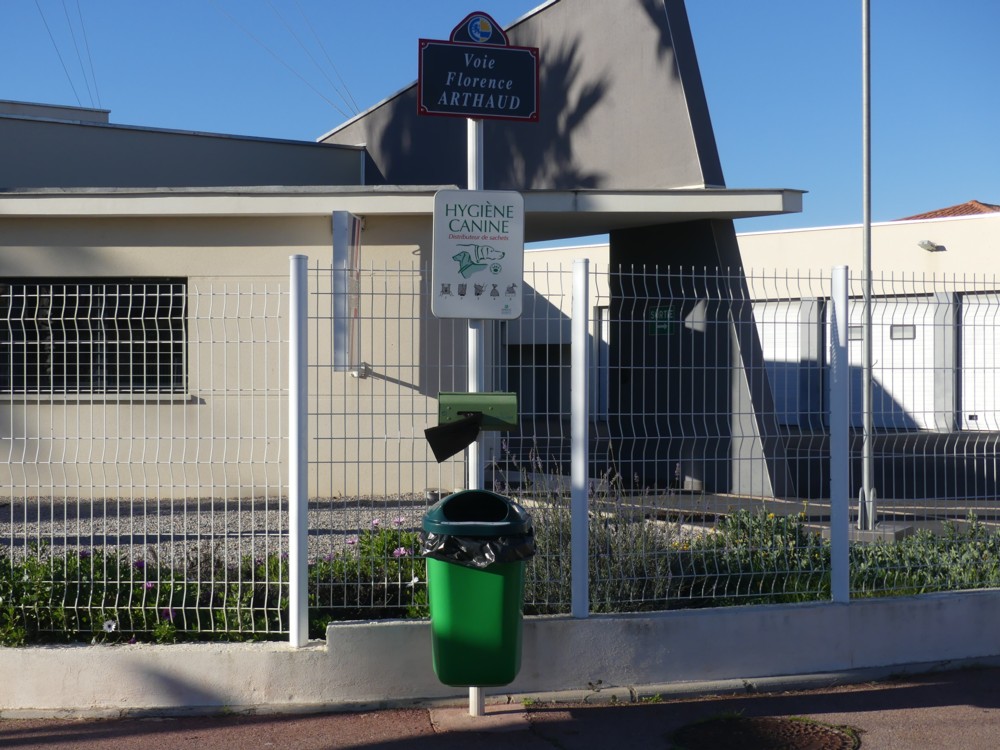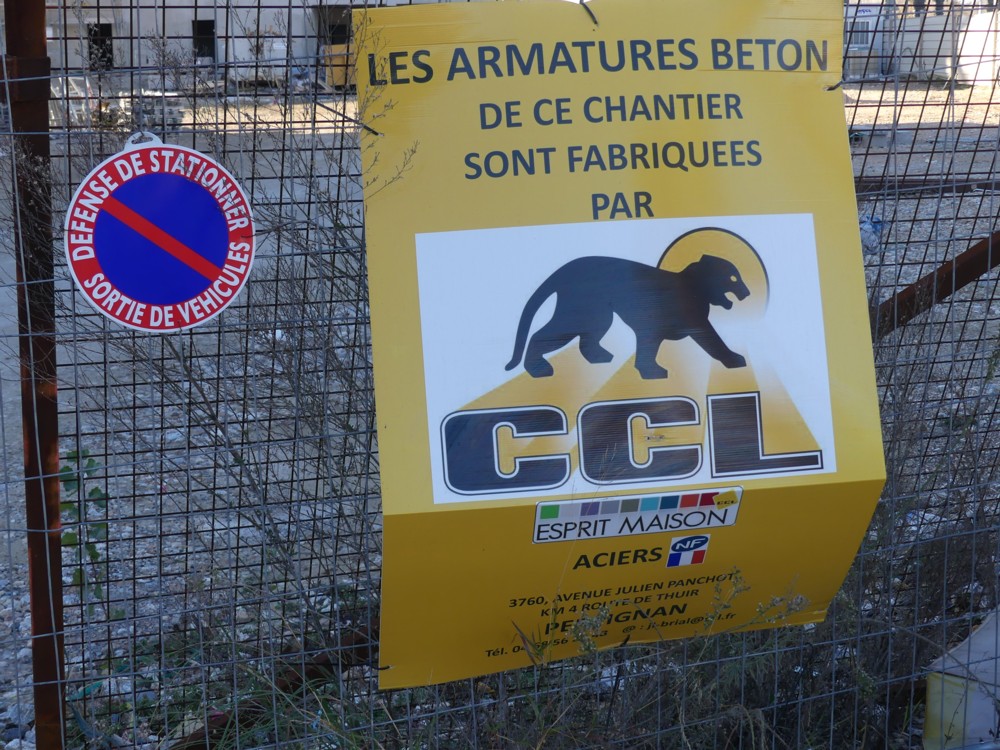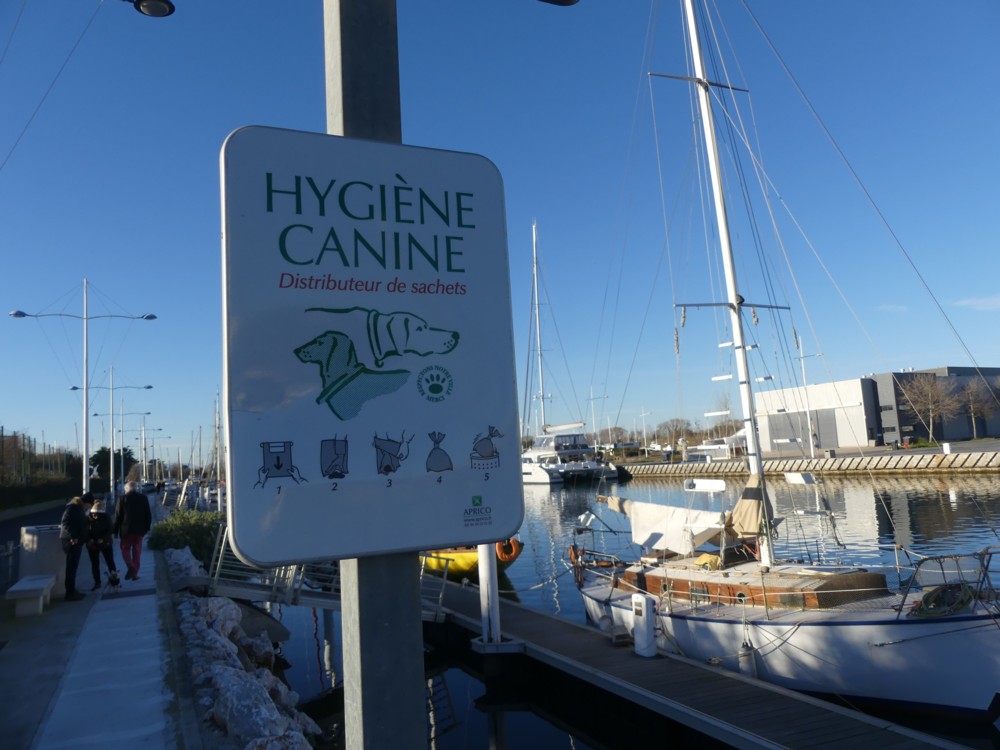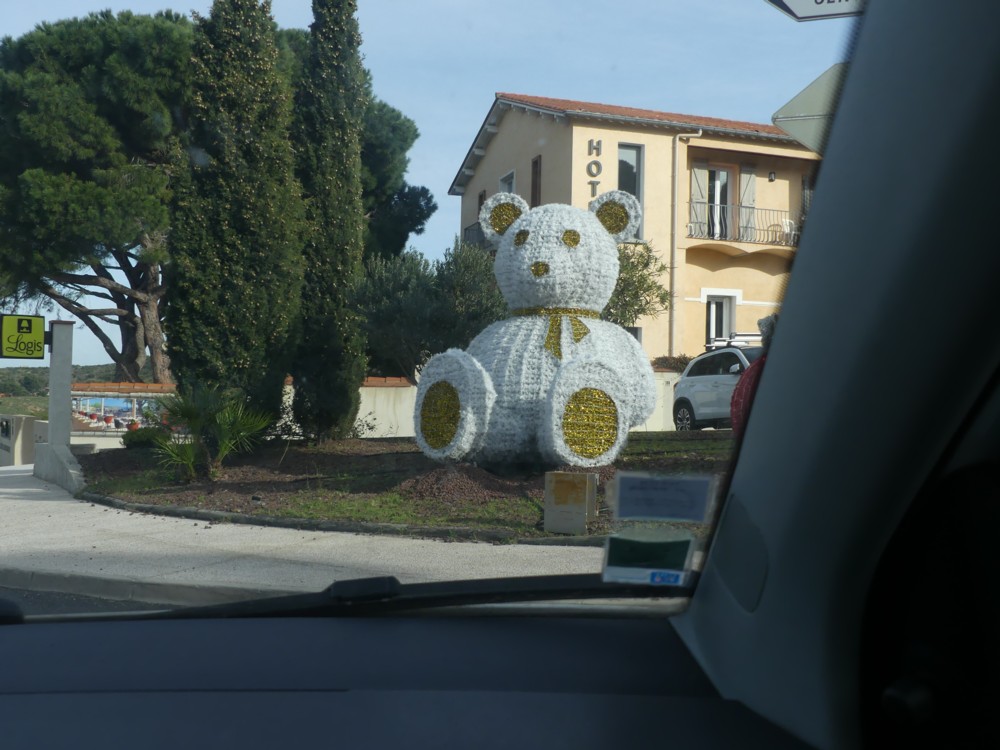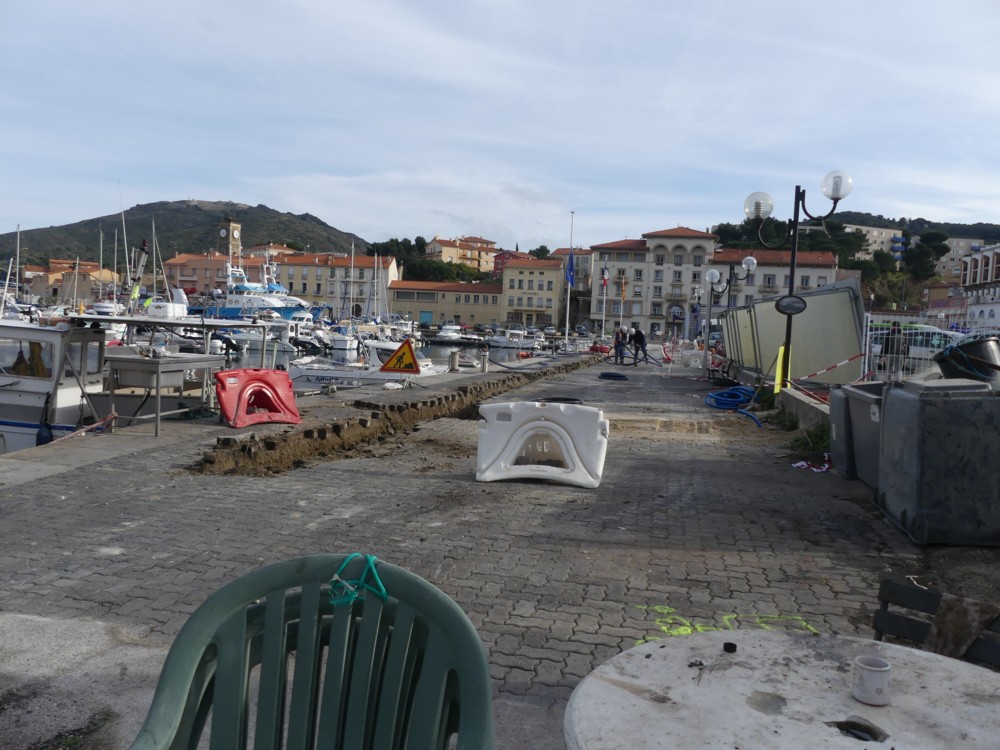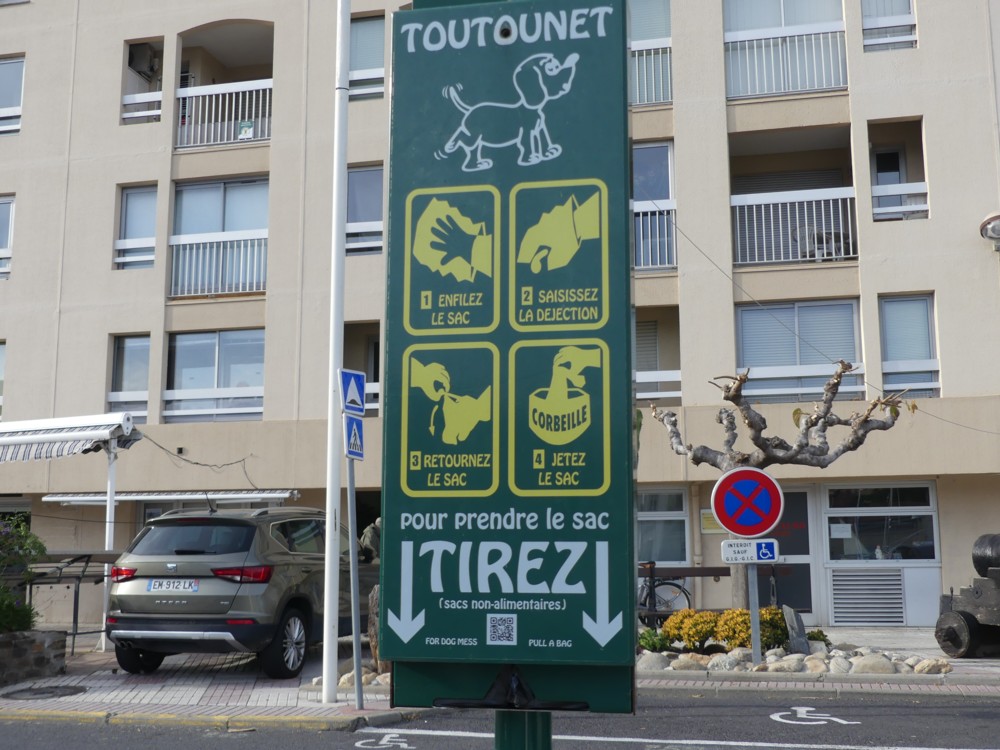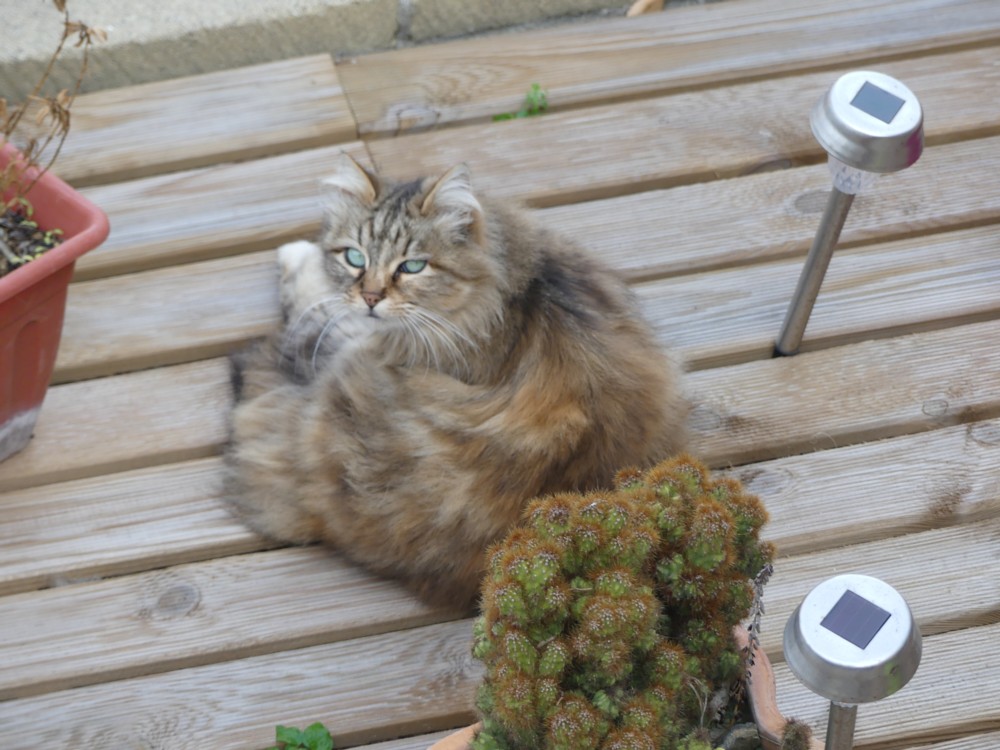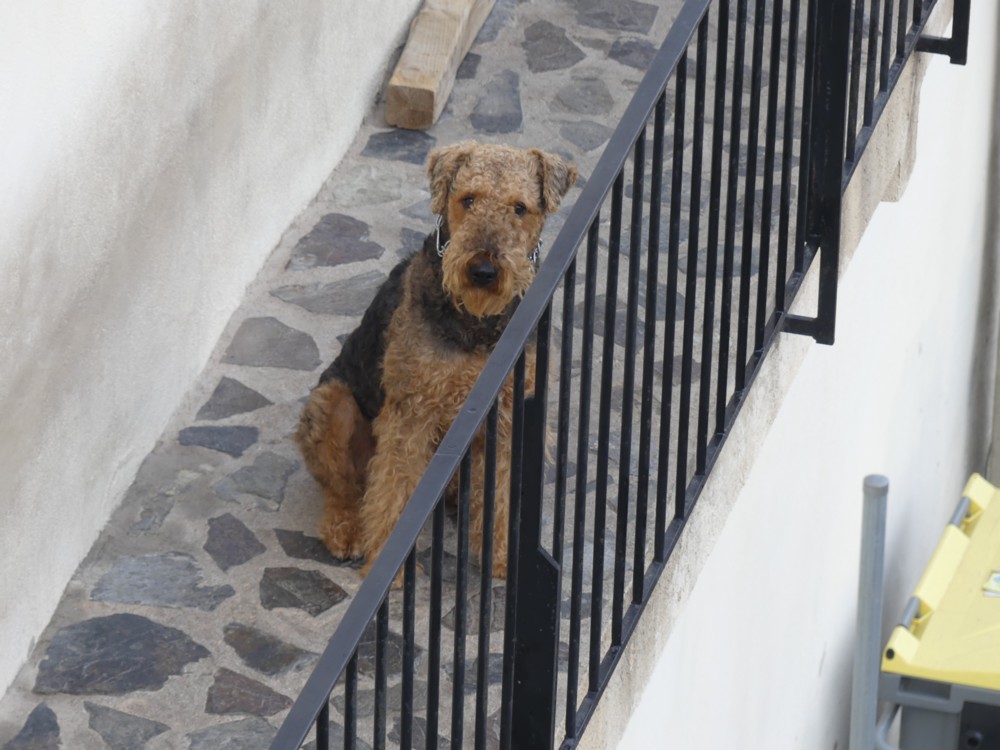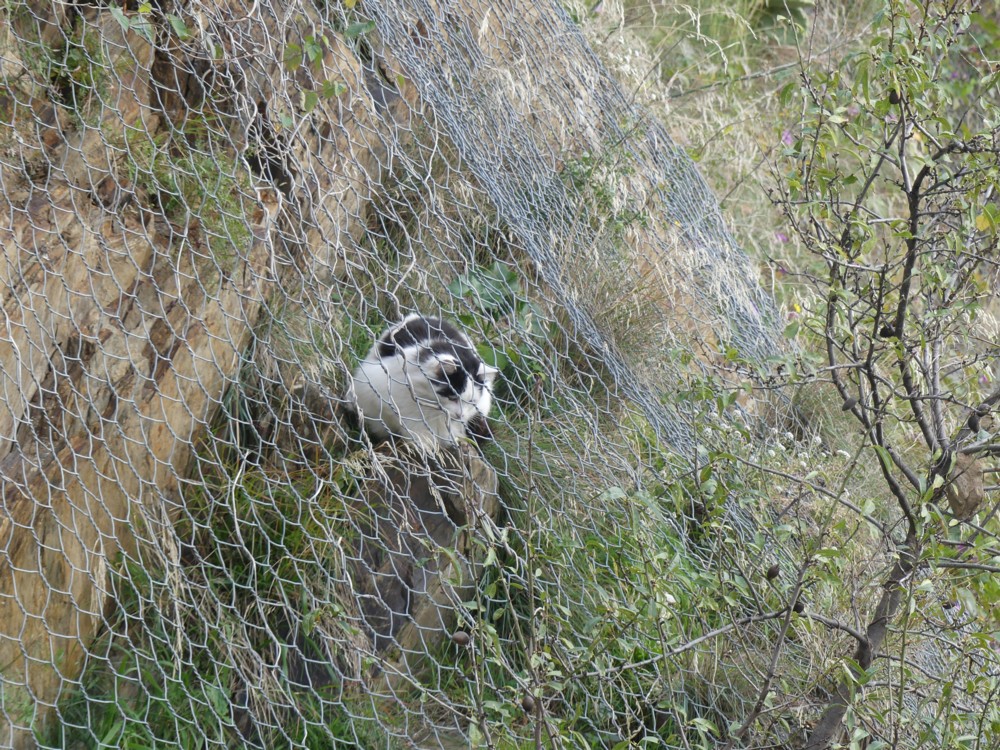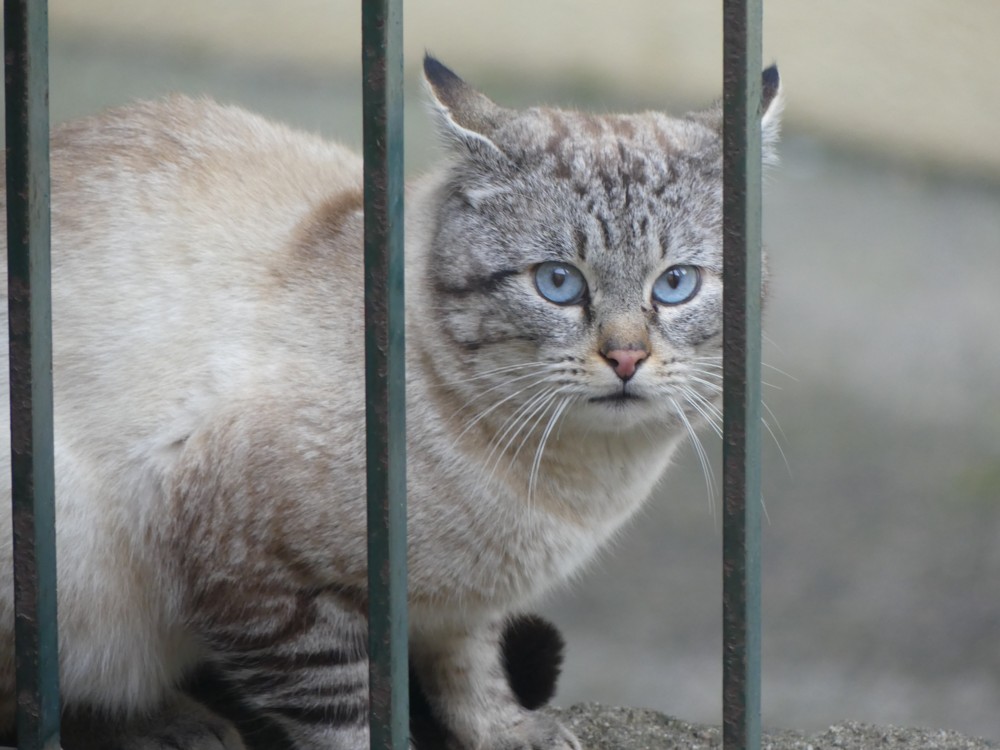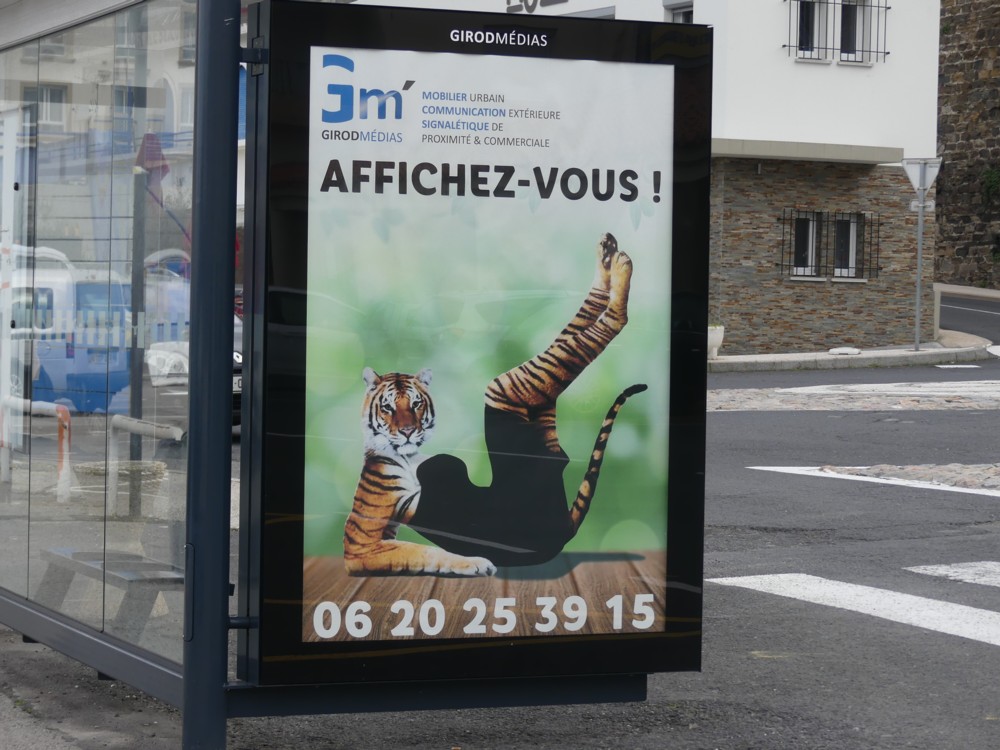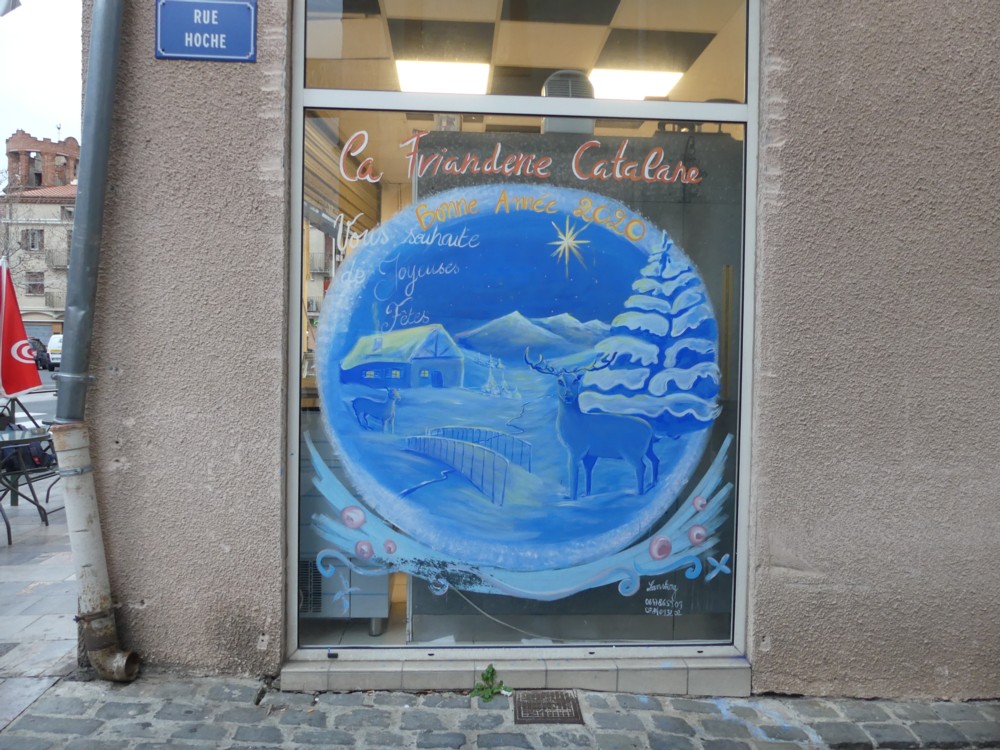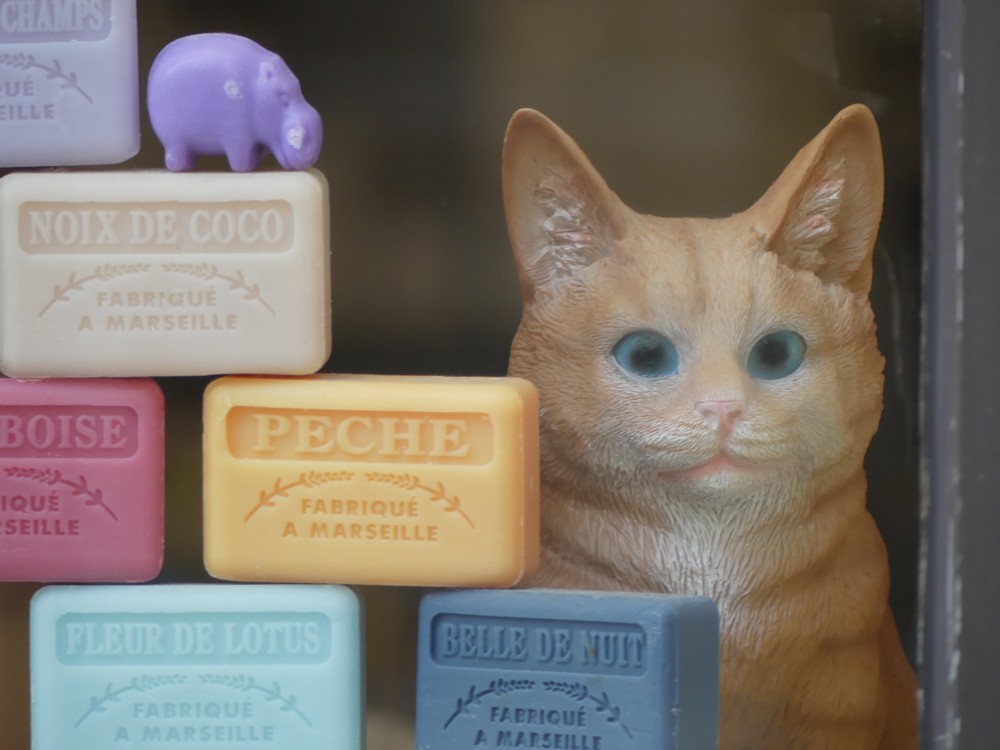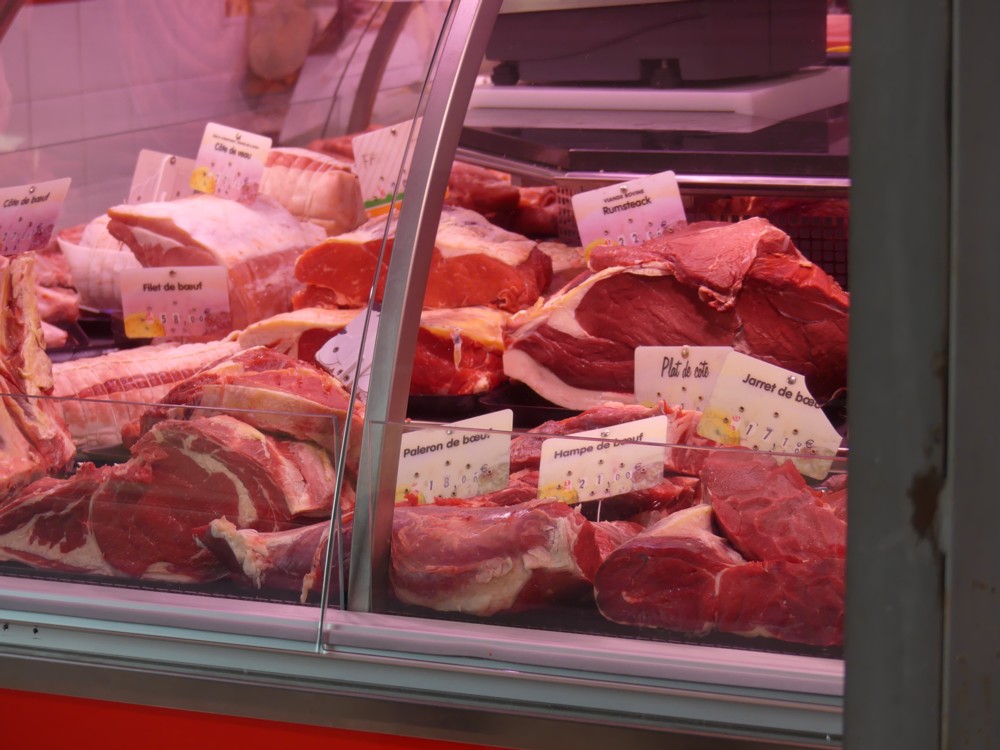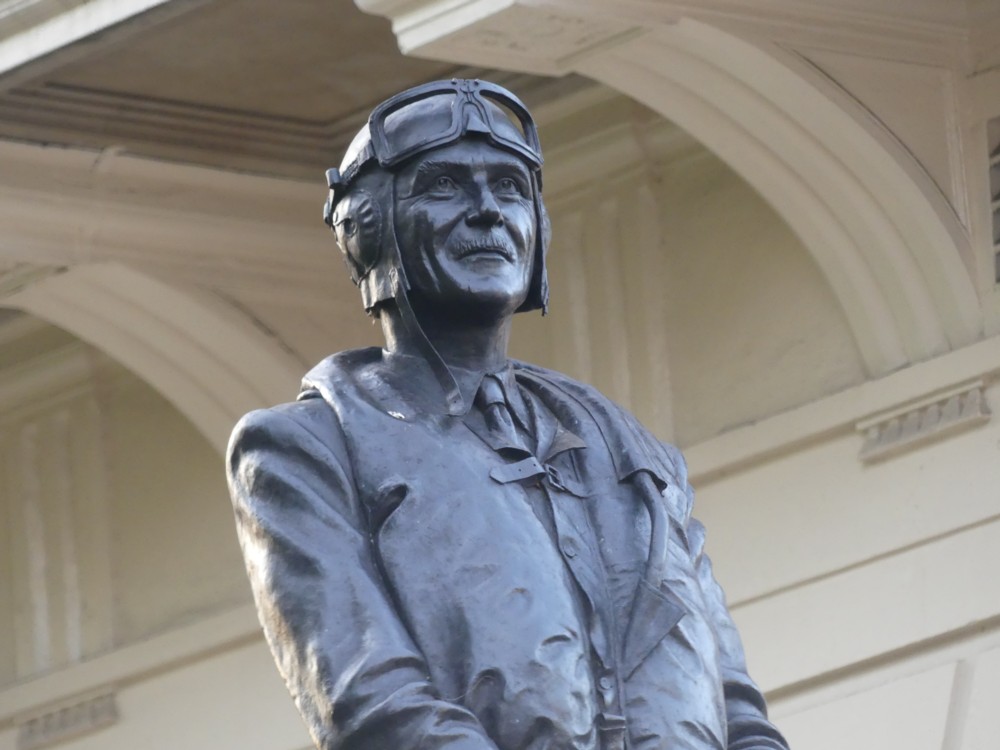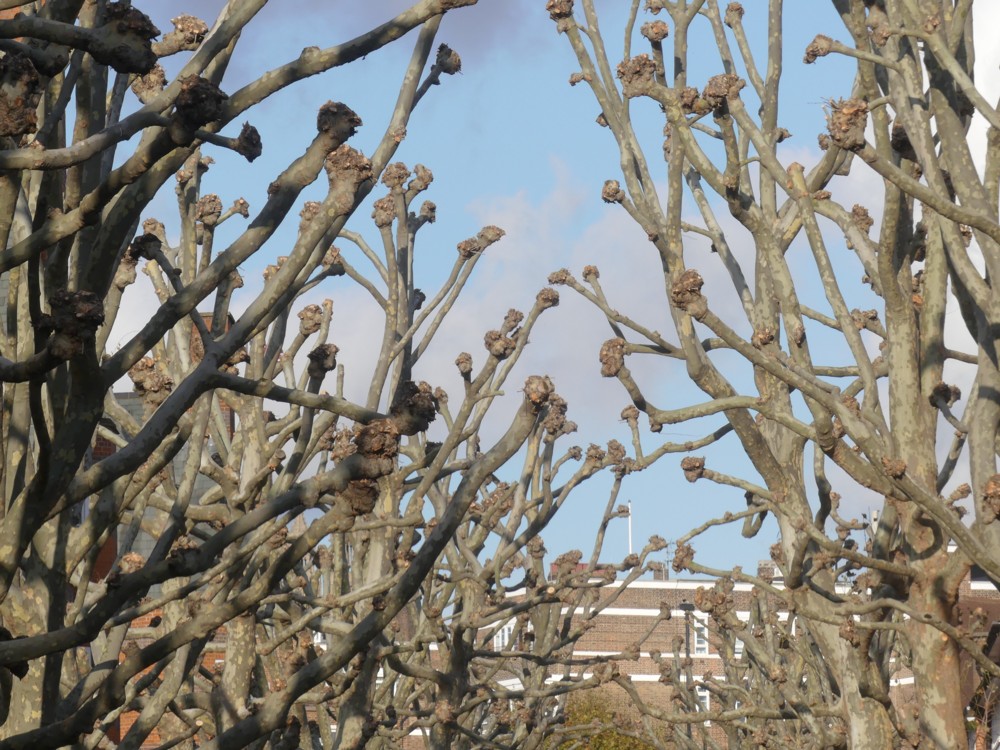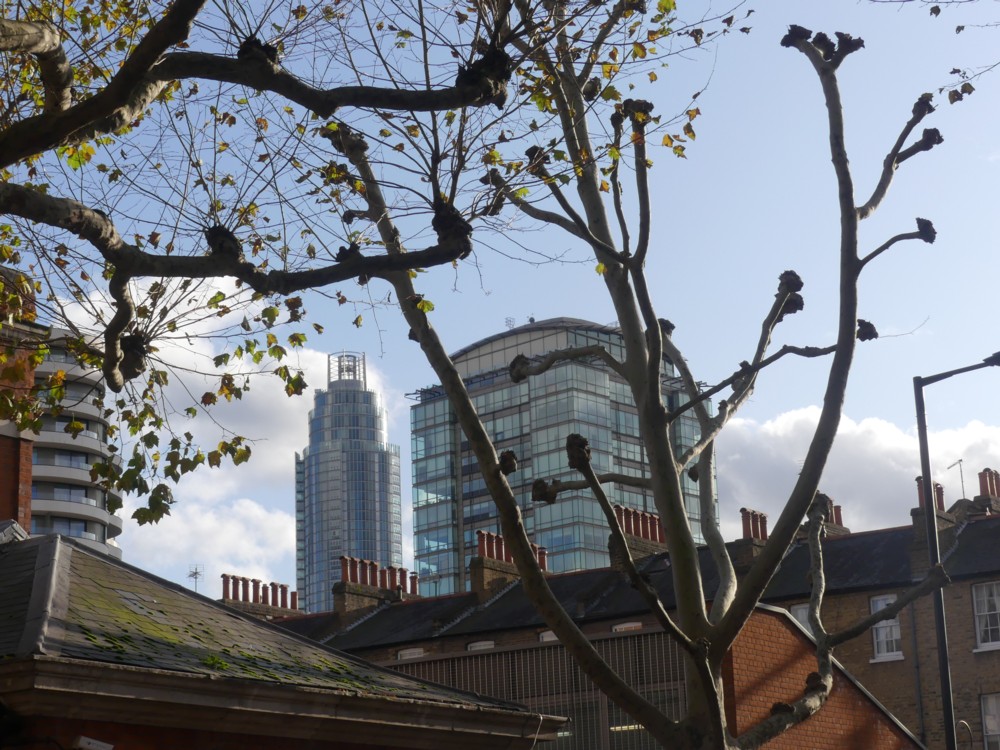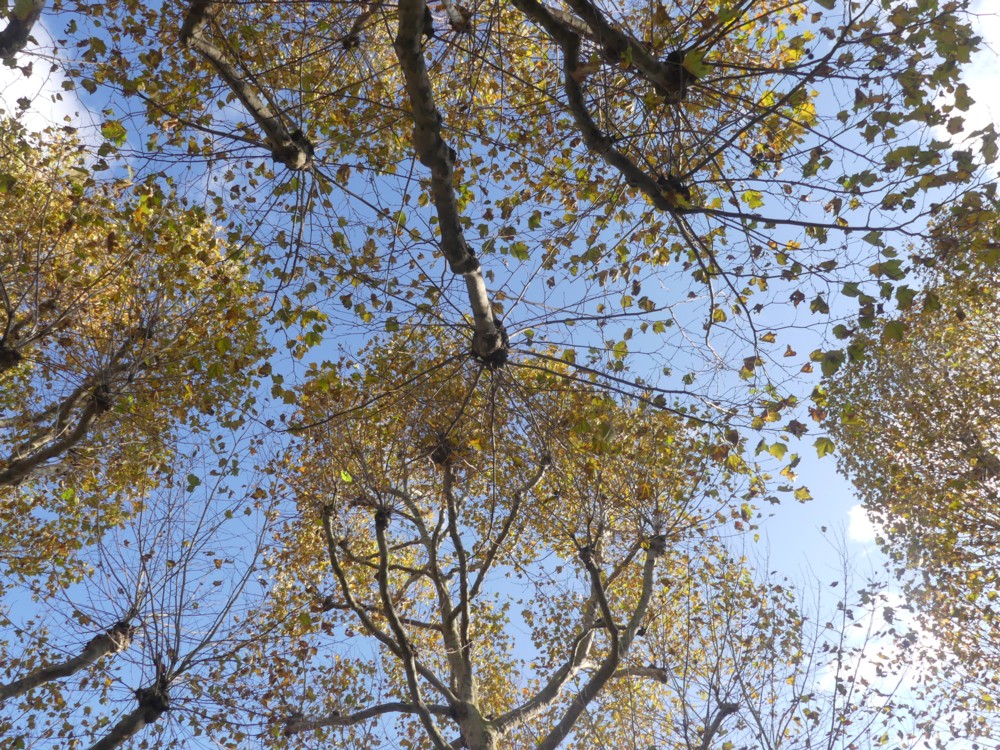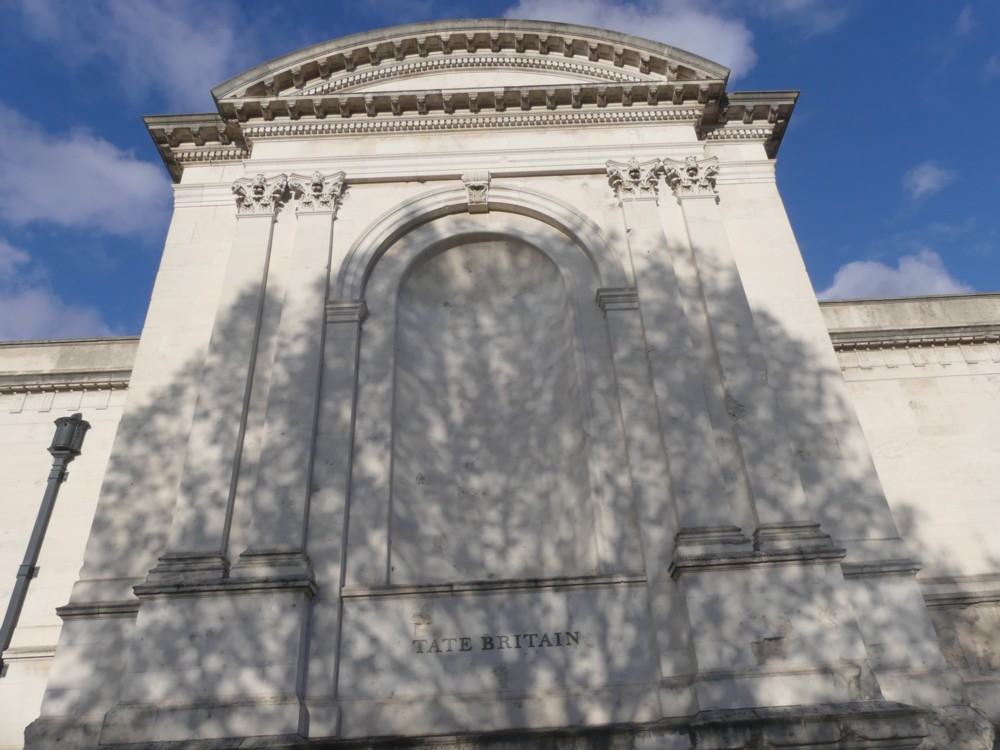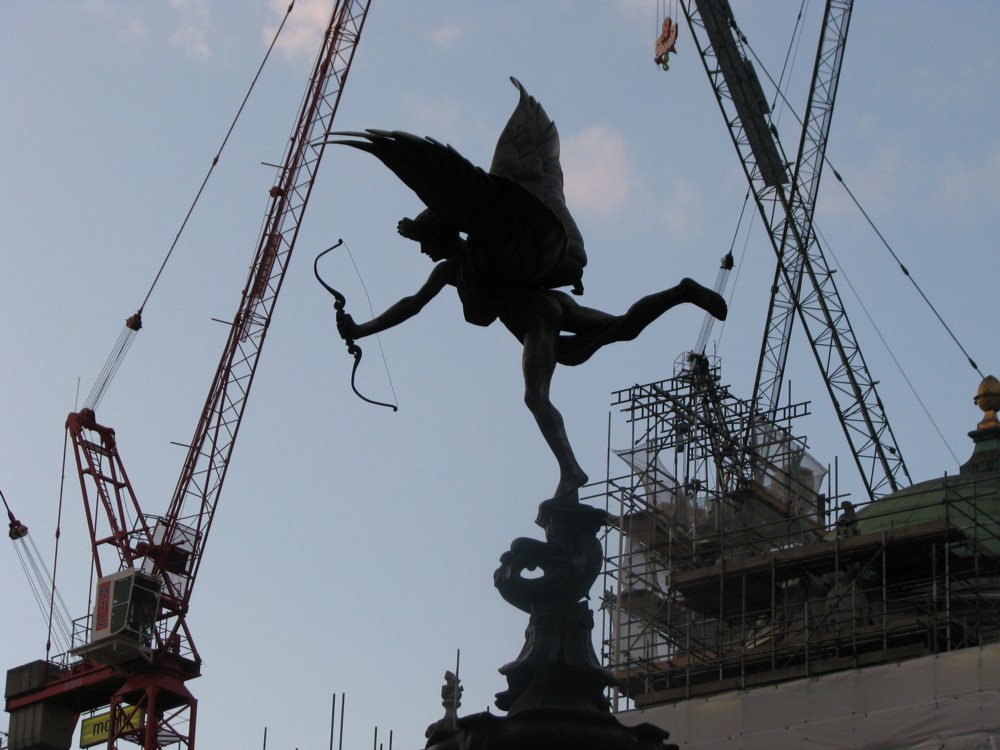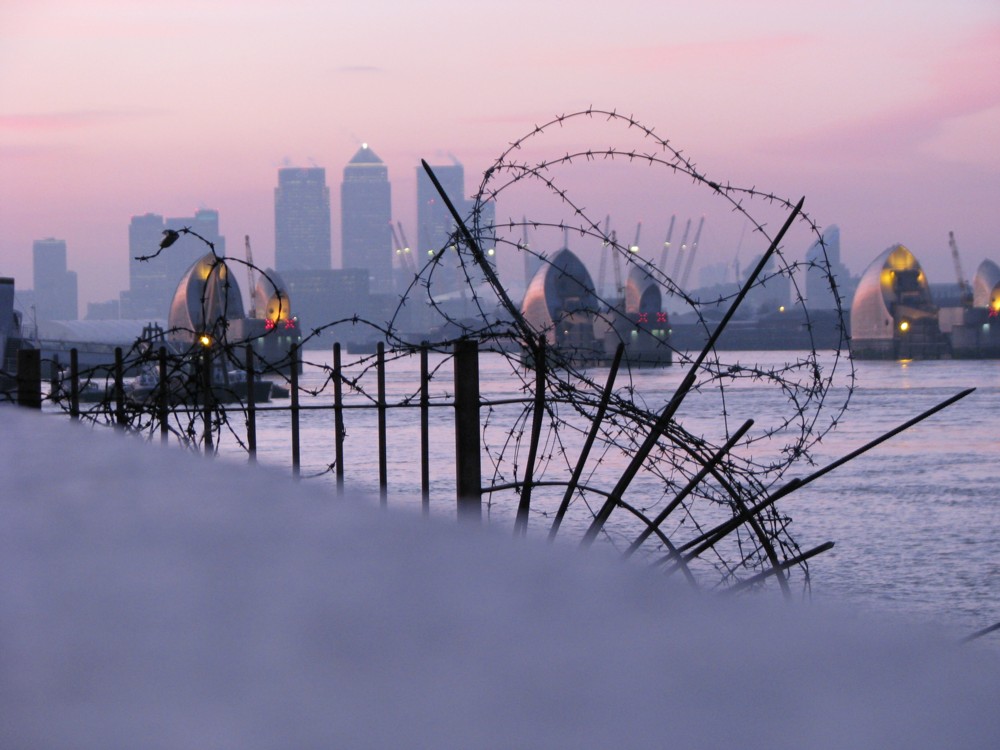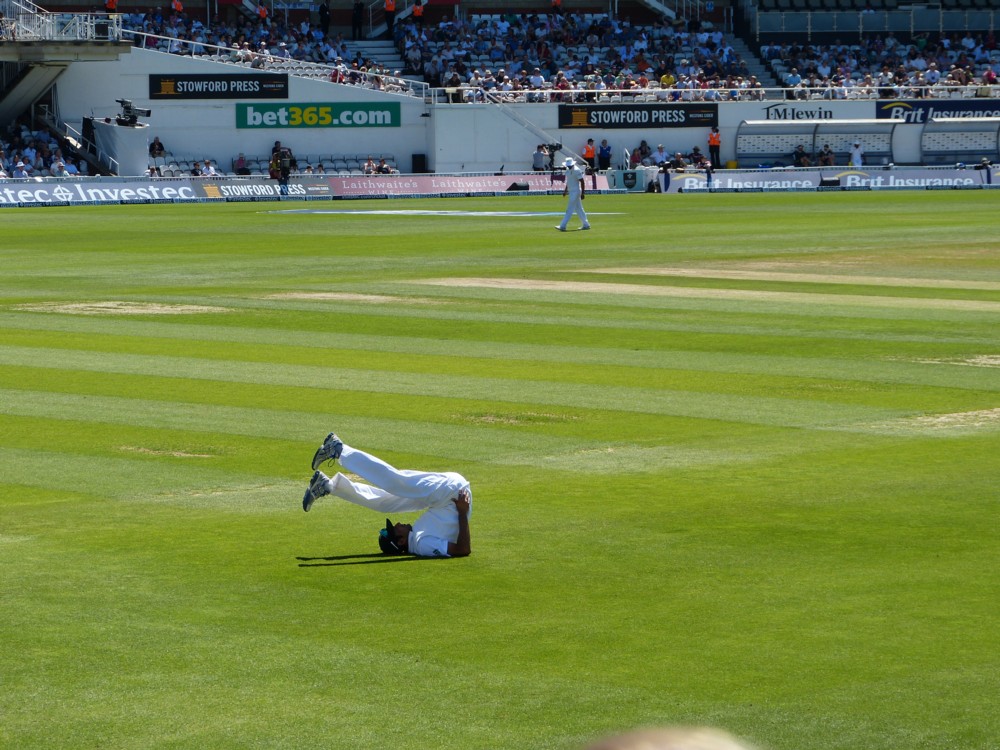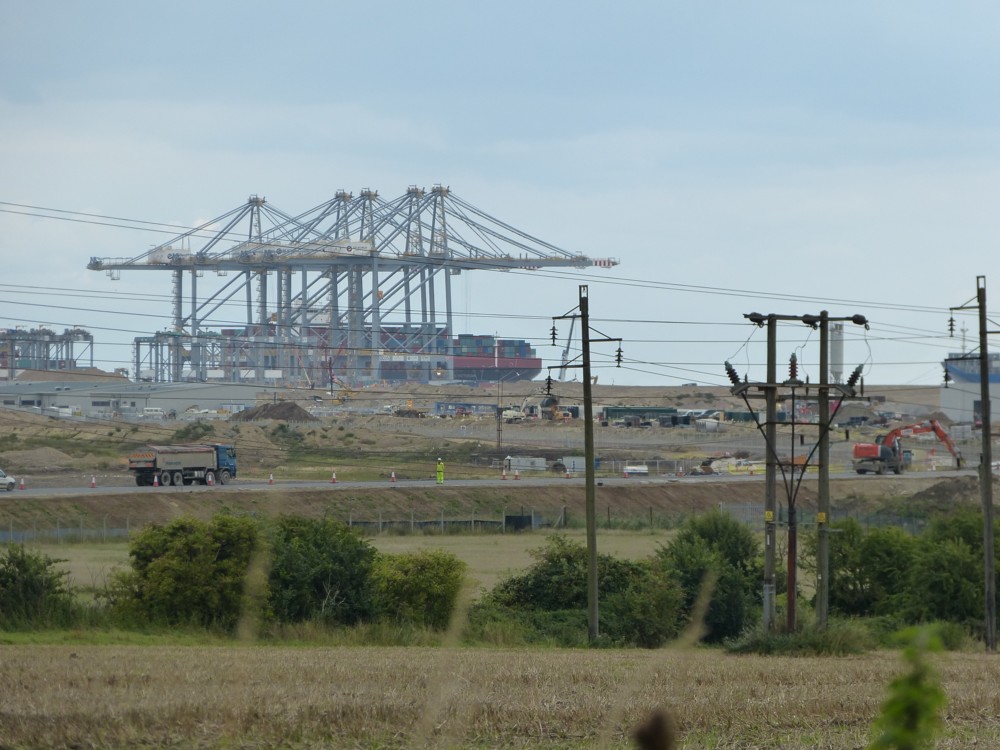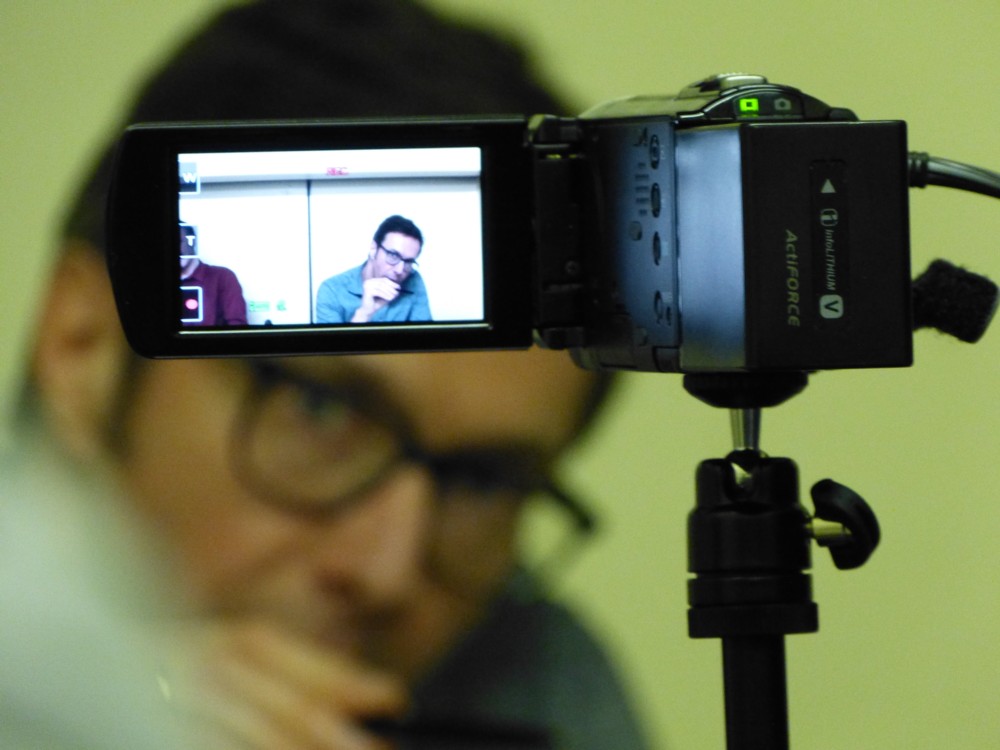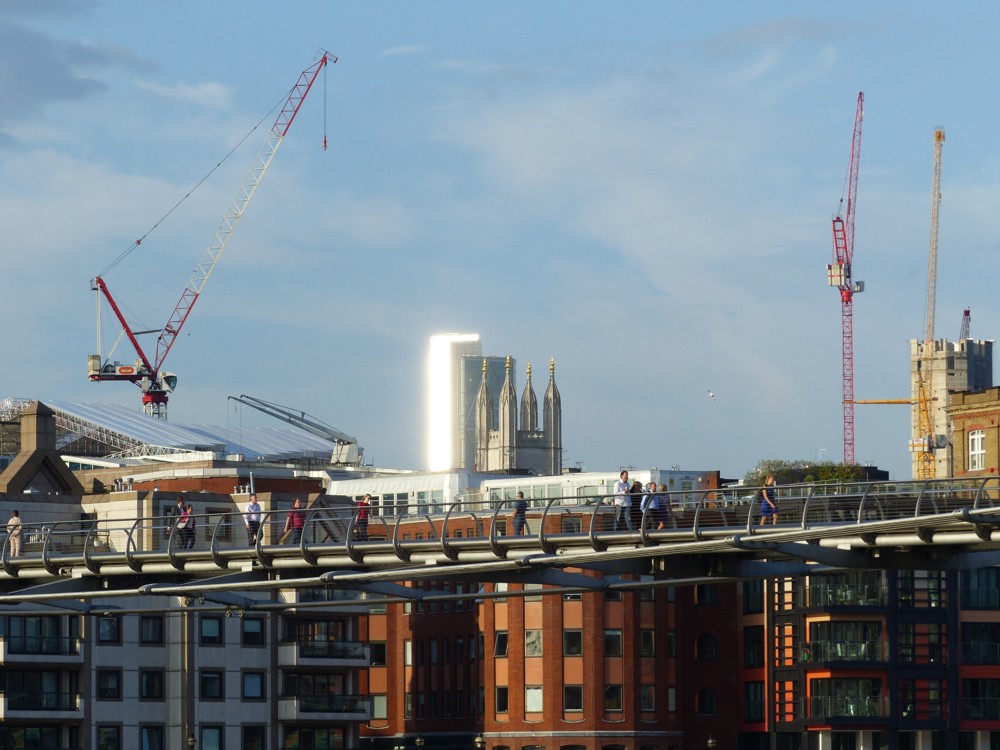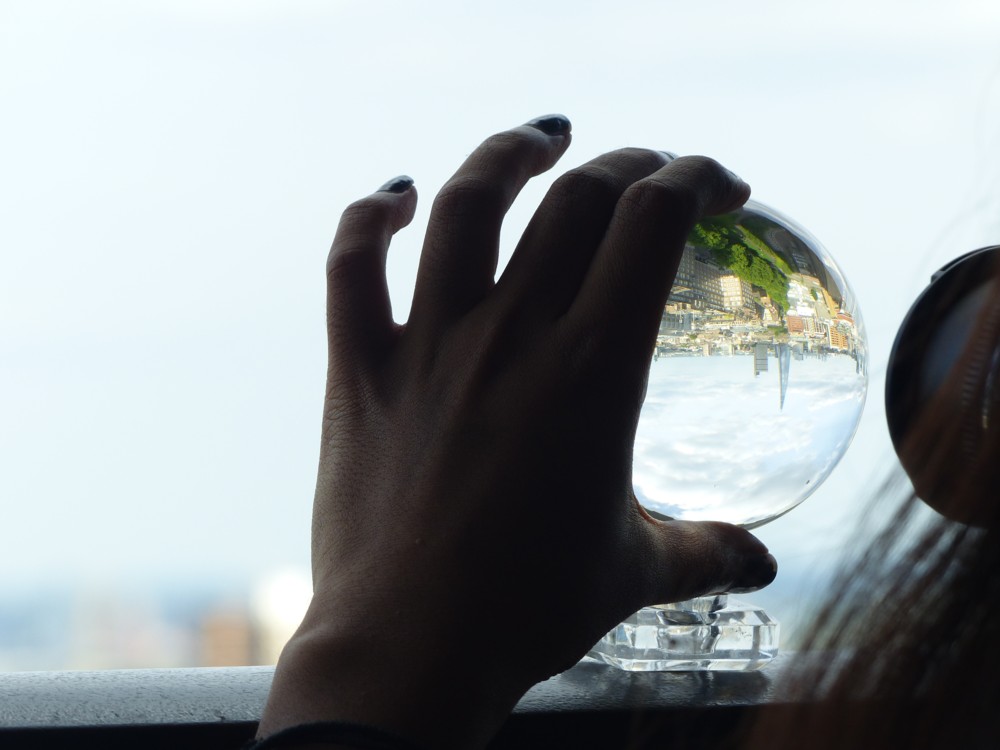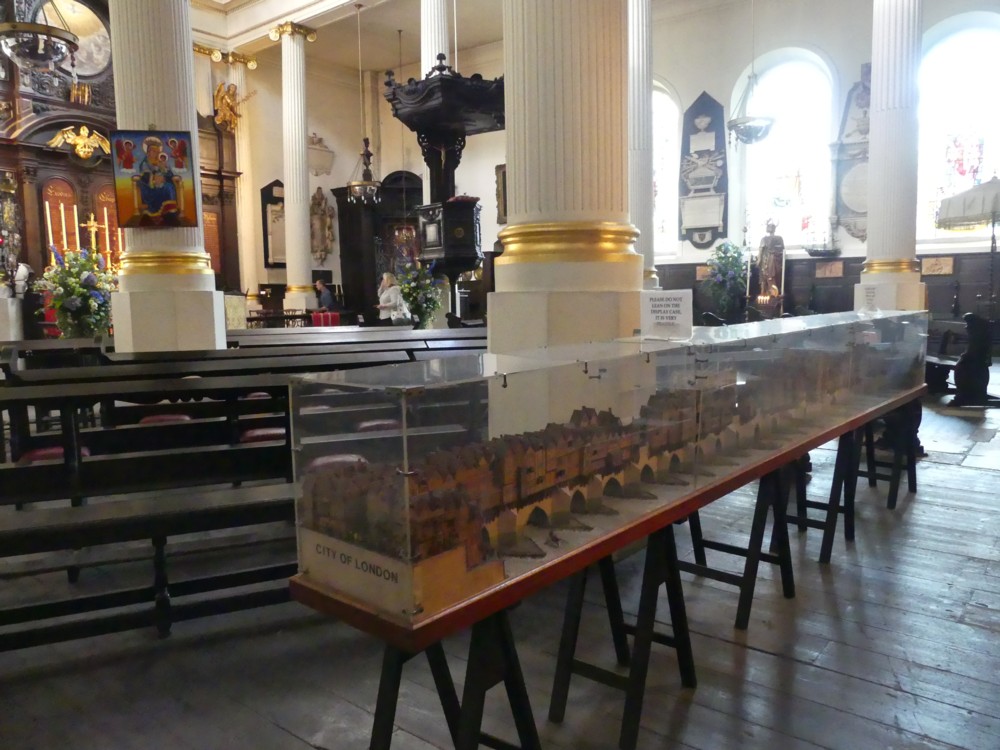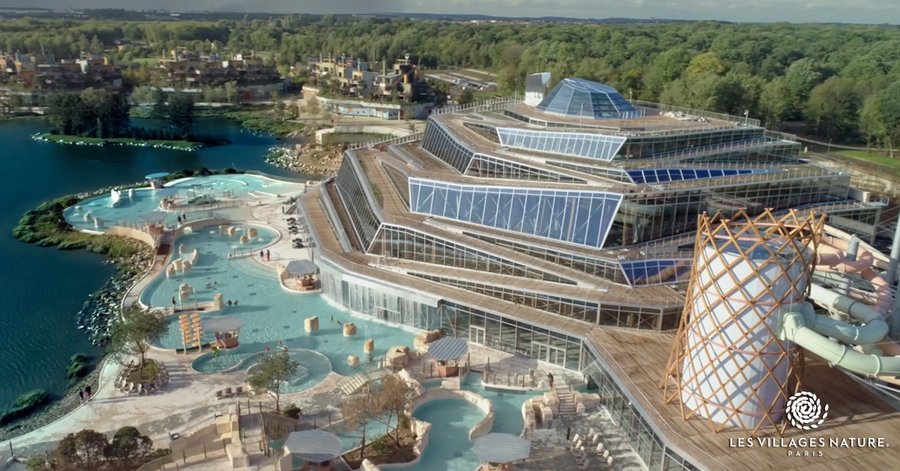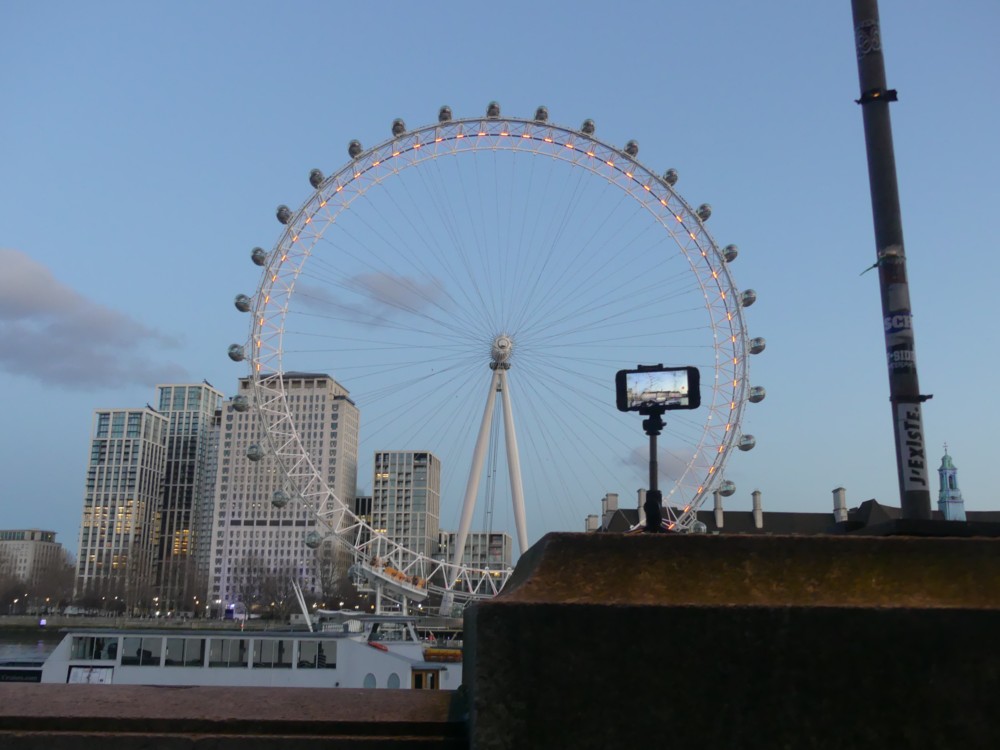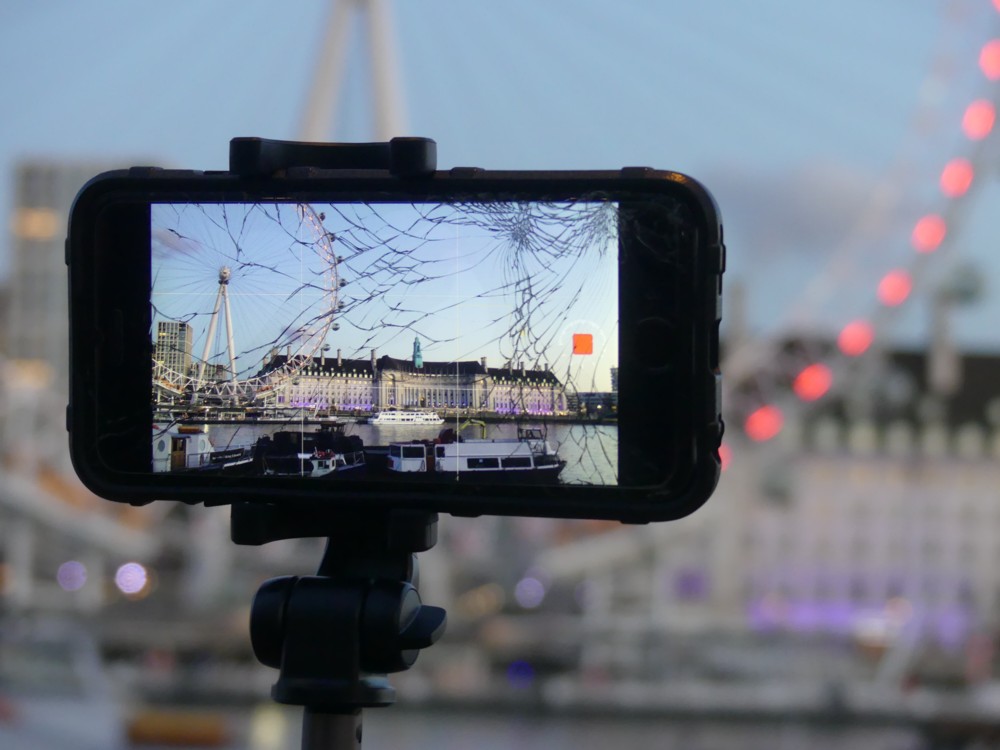Tim Dunn tweeted the two photos below as a before/after pair.
Before:
After:
Before being how Wells Cathedral used once upon a time to look, and After being after the Puritans had got rid of all the colouring in, and had added a couple of towers.
In my mind, I connect the idea that medieval cathedrals used to be riots of colour, which seems to be true, in addition to being an attractive idea to many (me included), with the idea that many new and recent buildings might benefit from a similar sort of process in reverse. In short, brightening up.
Here’s the sort of thing I mean:
I downloaded that photo from the www, but then lost where I had found it and couldn’t find it again. Nevertheless, there it is, the Sydney Opera House, lit up with what look like Aboriginal type graphics.
I also came across a French medieval cathedral lit up in colour like old Wells Cathedral
Which is all good, but such a thing only works well at night.
Actual paint, on the other hand, is permanent, and good luck persuading those who have got used to plain stone colour that they should instead get used to a highly controversial version of what their cathedral might have been like in the past.
Time for someone to invent magic electronic paint. This is the sort of paint which you can slap on just like regular paint, except that it is transparent, like varnish. But this varnish is different, because it consists of a billion tiny mass produced little magic spheres which, when activated by a magic message from afar, can light up in whatever colour you want. You sit down with your computer and Photoshop in lots of colours, and then you switch it on. Voila! It looks like it used to, before the Puritans went all puritanical with the first lot of paint. But, it’s only temporary so the grumblers who would have grumbled very obstructively will only grumble a bit and not enough to stop it. More Photoshopping means that you can switch to a totally different colour scheme, just by switching another switch.
Soon, all the now ugly concrete monstrosities will be covered in this magic paint, and the world will become a more colourful and much better place. Patent pending.

